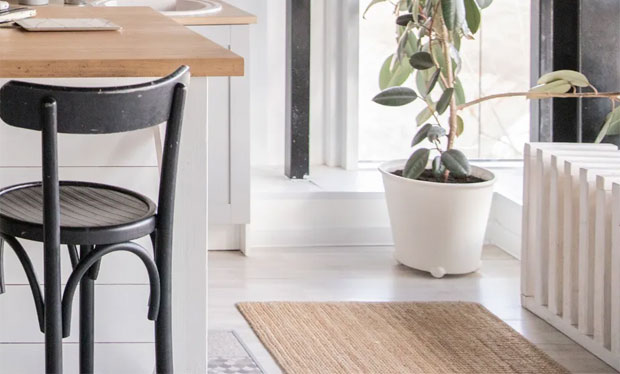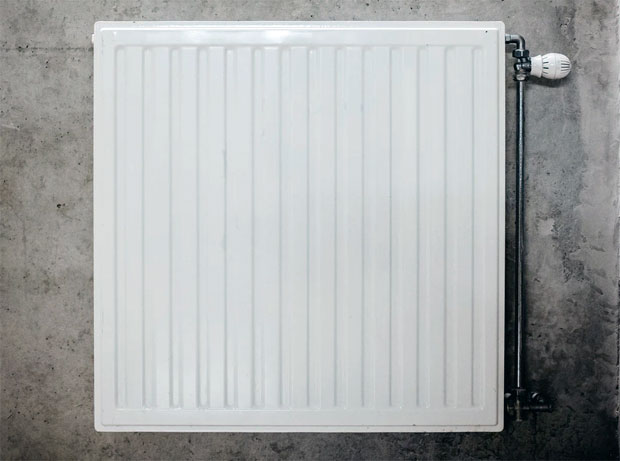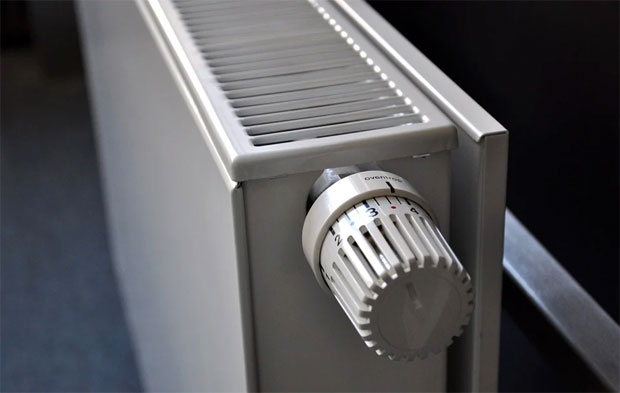Can Your Radiators Be Eco-Friendly?
Can Your Radiators Be Eco-Friendly?
Everyone is trying their bit to help the environment as much as we can. From small actions like ditching plastic straws (read this review on reusable stainless steel straws) to turning the temperature down when sticking a wash on or popping the heating on, any chance we get to reduce energy consumption and plastic use at home should be jumped on.
Looking at one area in particular though, is it even possible to be a little eco-friendlier when we look at our radiators? They are these big clunky bits of metal in all our rooms after all, so can you take steps to ensure, when buying a new radiator, that you know it’ll arrive at your door with as minimal an environmental impact as possible? If you are going to buy a new radiator for your house or office then Radiator Outlet can surely help you choose.
Well, thanks to the folks at Trade Radiators, who recently launched their Sustainability Promise for eco-friendly radiator shopping, here are some of the things to look out for (and ask about) when buying a new radiator.
- Find out what the radiator is made from
When buying a radiator, have you ever stopped to think about what it is made from? You might be right in thinking that most radiators in homes across the country are made from steel; in fact, many are made from the same stainless steel you would use for cutlery.
Now, how can you ensure your radiator is made from material in a way which makes it environmentally friendly? Well, it can be if you find an aluminium radiator. It used to be the aluminium radiators were pricey because aluminium is a more expensive material to source than steel. As is the case of many products nowadays, when you look at what can be recycled and how easy it is to reuse products, it’s possible to buy radiators which are made from recycled aluminium.
Aluminium is an excellent material for radiators because it can be easily formed (i.e. when put under pressure it can adhere to the shape of a radiator), it does not corrode, and you won’t see it rust at any point. Think about how some fizzy pop can sit in a can without causing any damage to the material and apply that to a radiator which uses large volumes of hot water. And with it being such an excellent heat conductor, it costs less to run. A win-win all around.
- Ask where your radiator is coming from
We tend not to put too much focus on how products get to our front door, yet knowing where your radiator is made and where it comes from, can push you towards opting for a local store over something that might take weeks to ship across the world. If the shop you’re planning to buy from doesn’t provide information, ask them where the product is coming from and if they use domestic couriers to transport goods. If your radiator only has to take a short journey before it gets to your front door then you’ll know large amounts of fuel haven’t been wasted.
- Does it come in electric?
Just like a hybrid or electric car, you can have a radiator which works off your central heating system and electric at the same time. These types of radiators are called dual fuel radiators. They come with an element inside a bit like the grill on your cooker and will heat water when you turn it on. This helps lower fuel consumption in the home, especially if you’re the kind of person who would only have the heating on because you want one or two rooms that stay warm throughout the year.
Going entirely electric is even better as electric radiators use less energy than traditional radiators.
- Ask what packaging your radiator will come in
I may be in the minority here, but I love a good trip to the dump/recycling centre. It’s the best way of getting rid of unwanted things while being safe in the knowledge that your old tat won’t just end up in a landfill.
Don’t you just hate it though when something comes in a big box, and you open it up to find lumps of polystyrene or rolls of bubble wrap you don’t know what to do with? Again, a simple request is to ask the store what packaging they use for their products, i.e. do they use cardboard over plastic or do they have paper?
It’s good to know as you’ll be able to dispose of packaging much more easily.
So, can radiators be eco-friendly?
If you shop around, find a suitable product which uses less energy, and can ensure you’re not going to be brushing flecks of polystyrene off the living room floor, it’s surprisingly easy to shop for an eco-friendly radiator. If you’re interested in trying to be a more conscious shopper when buying things for the house, please visit the home section of the website, where you’ll find articles on saving energy and being a conscious shopper.
Guest Article. Contains a sponsored link.








